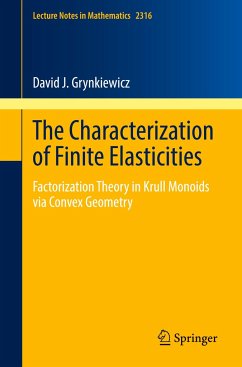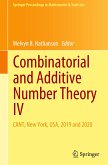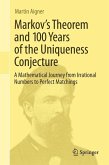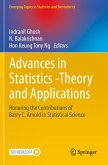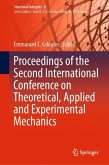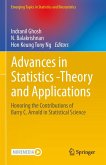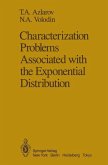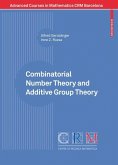This book develops a new theory in convex geometry, generalizing positive bases and related to Carathéordory's Theorem by combining convex geometry, the combinatorics of infinite subsets of lattice points, and the arithmetic of transfer Krull monoids (the latter broadly generalizing the ubiquitous class of Krull domains in commutative algebra)
This new theory is developed in a self-contained way with the main motivation of its later applications regarding factorization. While factorization into irreducibles, called atoms, generally fails to be unique, there are various measures of how badly this can fail. Among the most important is the elasticity, which measures the ratio between the maximum and minimum number of atoms in any factorization. Having finite elasticity is a key indicator that factorization, while not unique, is not completely wild. Via the developed material in convex geometry, we characterize when finite elasticity holds for any Krull domain with finitely generated class group $G$, with the results extending more generally to transfer Krull monoids.
This book is aimed at researchers in the field but is written to also be accessible for graduate students and general mathematicians.
This new theory is developed in a self-contained way with the main motivation of its later applications regarding factorization. While factorization into irreducibles, called atoms, generally fails to be unique, there are various measures of how badly this can fail. Among the most important is the elasticity, which measures the ratio between the maximum and minimum number of atoms in any factorization. Having finite elasticity is a key indicator that factorization, while not unique, is not completely wild. Via the developed material in convex geometry, we characterize when finite elasticity holds for any Krull domain with finitely generated class group $G$, with the results extending more generally to transfer Krull monoids.
This book is aimed at researchers in the field but is written to also be accessible for graduate students and general mathematicians.

